A major effort is underway to release more pine snakes into the Kisatchie National Forest in western Louisiana. You might think that the Bayou State already has plenty of the slithering reptiles, but these snakes are the extremely rare Louisiana pine snake. And the snake’s favorite habitat is a longleaf pine forest.
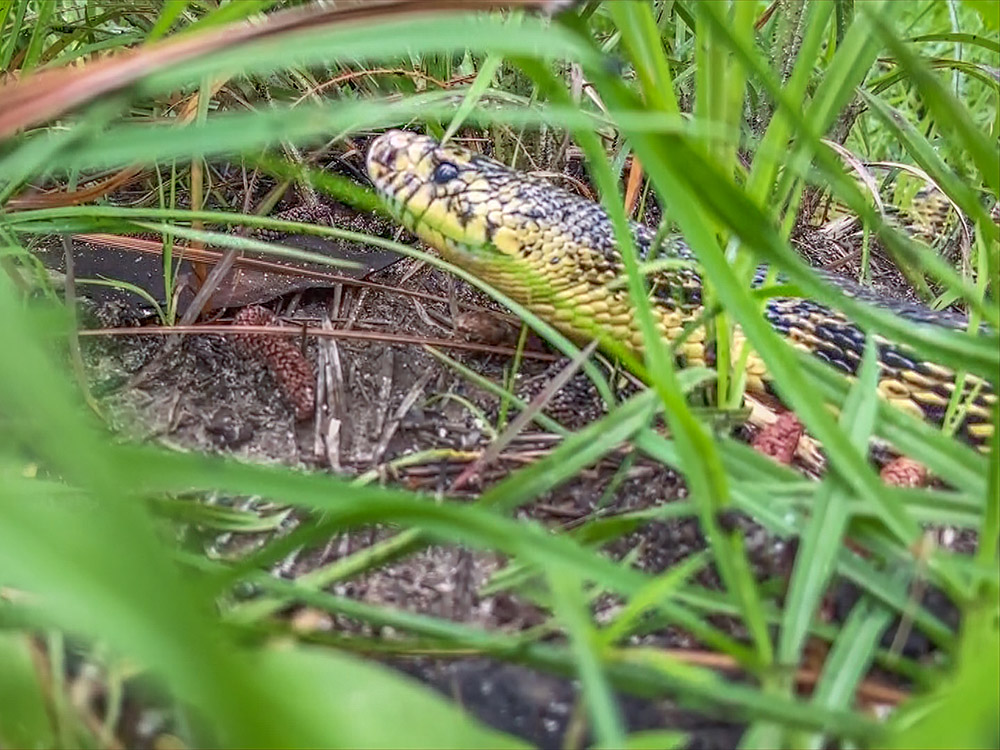
longleaf pine is the perfect pine snake habitat
The tall slender longleaf pine trees, with their clusters of long needles, stand above a wide-open grassy landscape. Matt Pardue of the U.S. Forest Service explains, “If you look up, it’s just a pine tree. However, what you want to do is look down. It’s the understory that makes this so special.” When you look closely at the grassy landscape, you see what looks like an endless variety of small plants. The green ground cover is punctuated with the yellows, whites, pinks and lavenders of small wildflowers. This diverse vegetation is home to the rare Louisiana pine snake.

hunting for gophers underground
Pardue points out small mounds of dirt, the excavations of the Baird’s pocket gopher. “They have little intricate tunnel systems under the ground. All these tunnels are intertwined” Pardue says. The tunnel-digging gophers are the main prey of the Louisiana pine snake. Pardue, a wildlife biologist, explains that the pine snake is a constrictor. The snake will prowl the underground network of gopher tunnels. And when it locates one of the small animals, “it kind of gets up under the gopher,” Pardue explains, “and expands itself and pushes the gopher up to the top of the tunnel and suffocates it’s prey.”
La pine snake featured on tv
how rare is the louisiana pine snake?
The Louisiana pine snake is not venomous, and can grow up to six feet in length. But you are unlikely to spot one the wild. Pardue says there are less than 400 documented sightings of the rare snakes in Louisiana. That’s because the snakes spend most of their time underground hunting for their next meal. The Louisiana pine snake is easy to identify with bold spots and stripes of dark brown and tan. Pardue holds up a 5-foot-long snake and points out the patterns. “He’s almost like two snakes if you bend him in half here.” Pardue says. “He’s got a lot of mottled patterns on the top. And then it transitions to little light tan and brown bands there”.
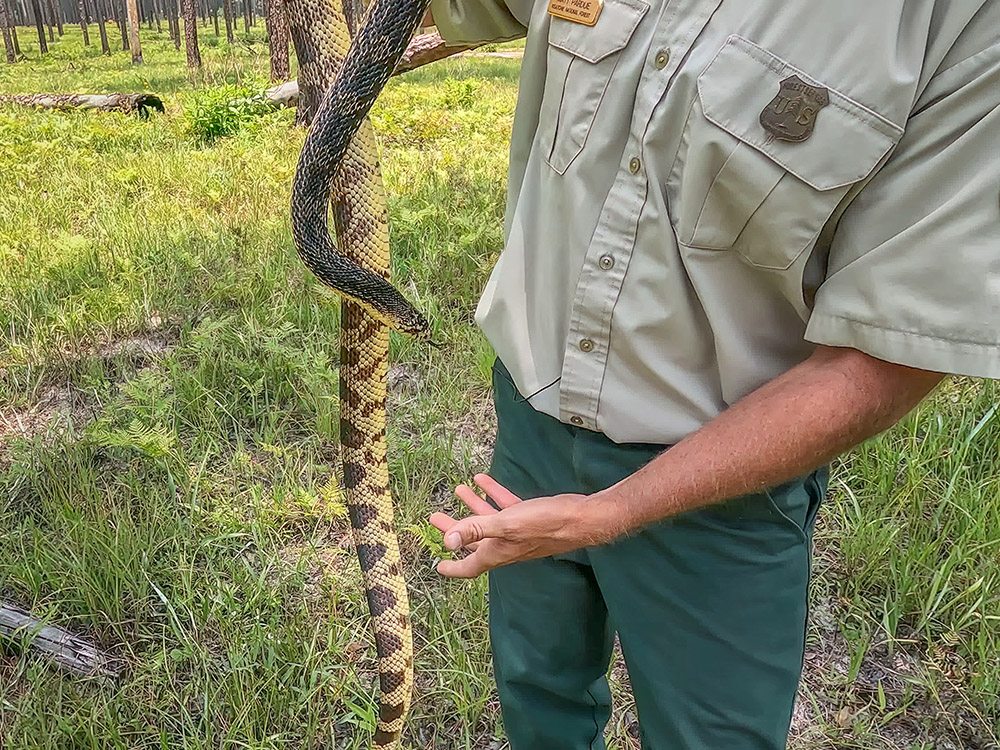
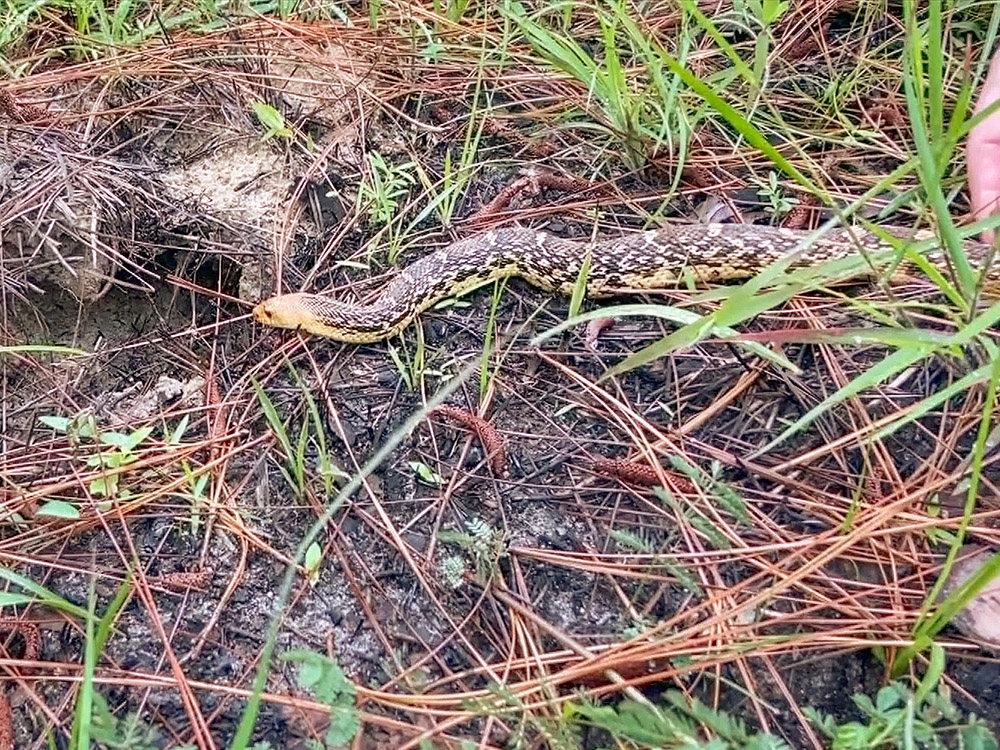
restoring louisiana’s longleaf pine forests
The scarcity of this snake is due to loss of the longleaf pine habitat. For centuries, lightning strikes would cause wildfires that would burn away the thick underbrush and restore the grassy forest floor. The hardy longleaf pine trees are fire resistant. A recent controlled burn has blacked the bark of the trees around us. Pardue remarks, “it’s been said that if you take the fire out of the longleaf, it’s like taking rain out of the rainforest.” The longleaf pines can live for 200 or more years.
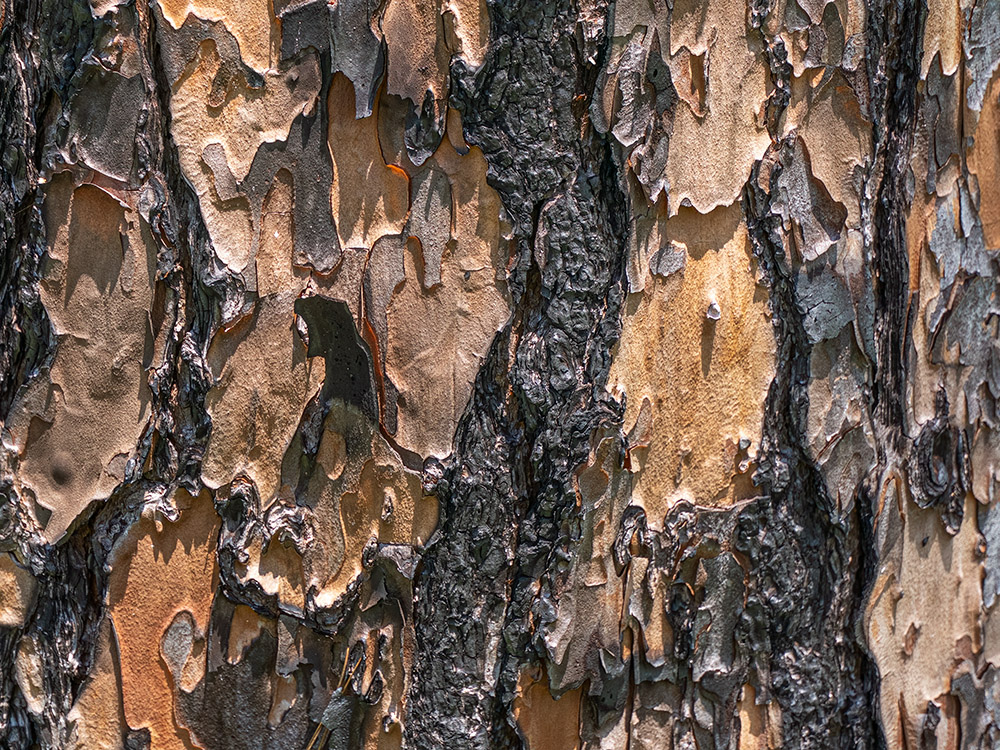
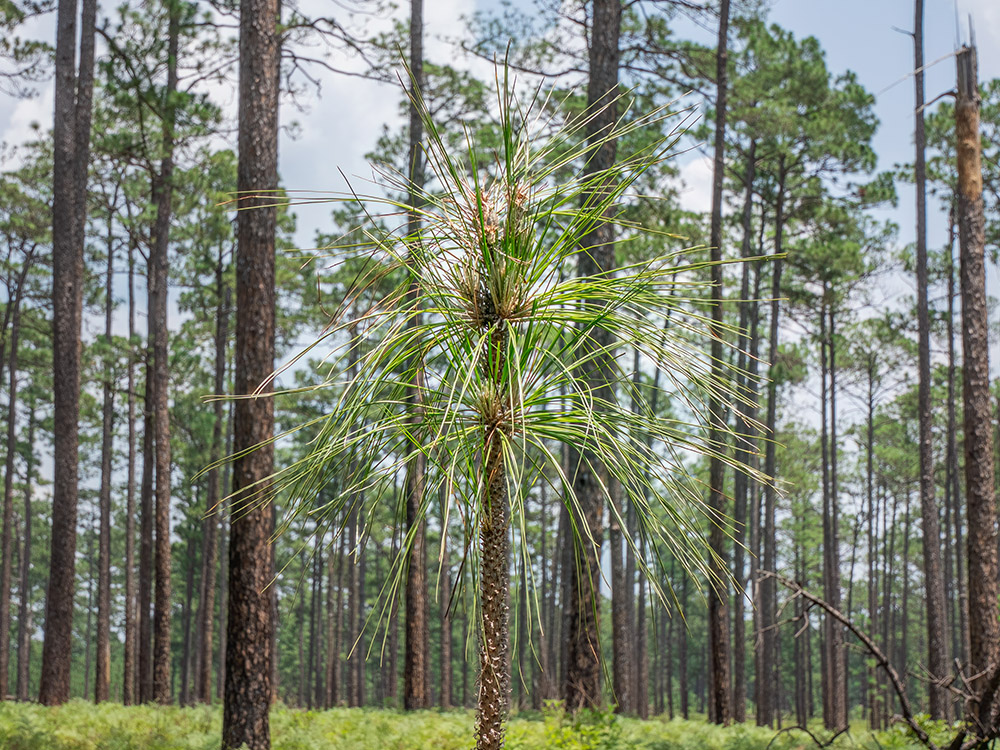
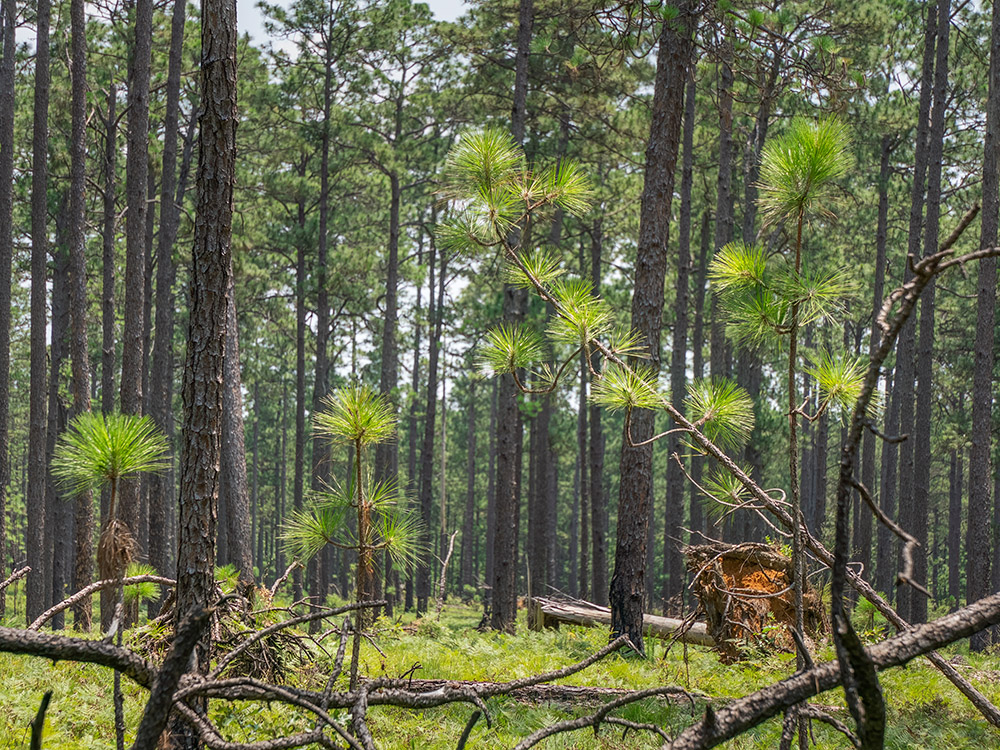
Pine snakes being released into restored forest
As efforts are made to restore the forests,The Louisiana pine snake is being reintroduced into the Kisatchie. The rare snakes are bred in zoos, and when they mature, are released into the forests of Louisiana. More than 400 snakes have been released through the restocking program that began more than a decade ago. “It’s part of our heritage,” Pardue says. “It’s the Louisiana pine snake, and once you lose them, they’re gone forever.” And saving this rare snake also means restoring this special longleaf pine forest and saving a unique and diverse landscape.

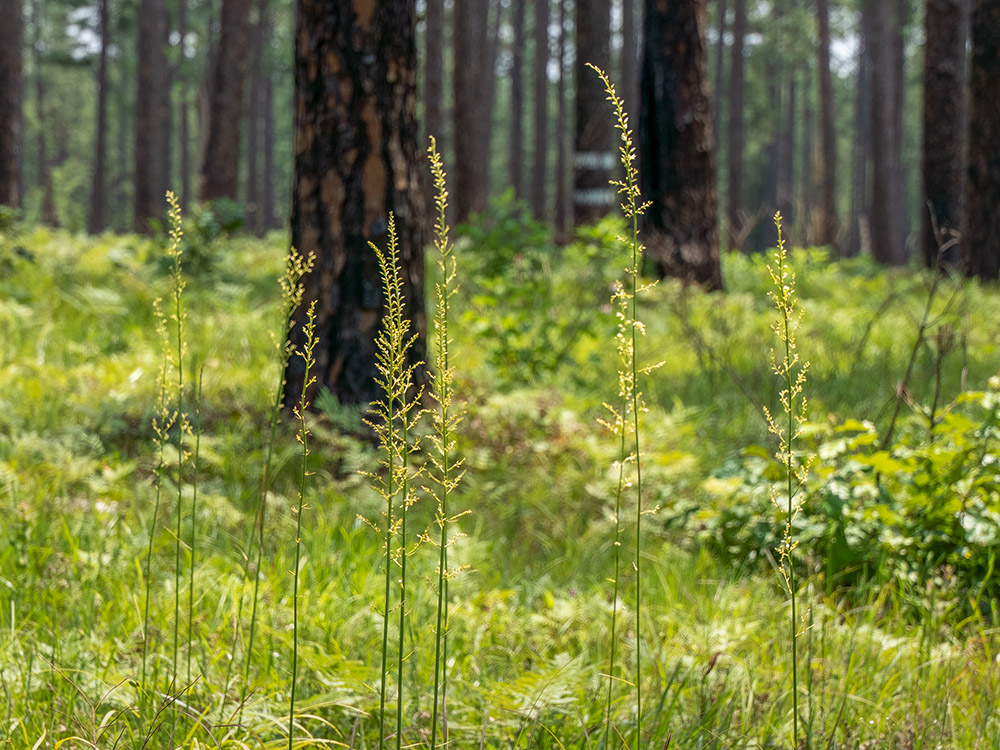
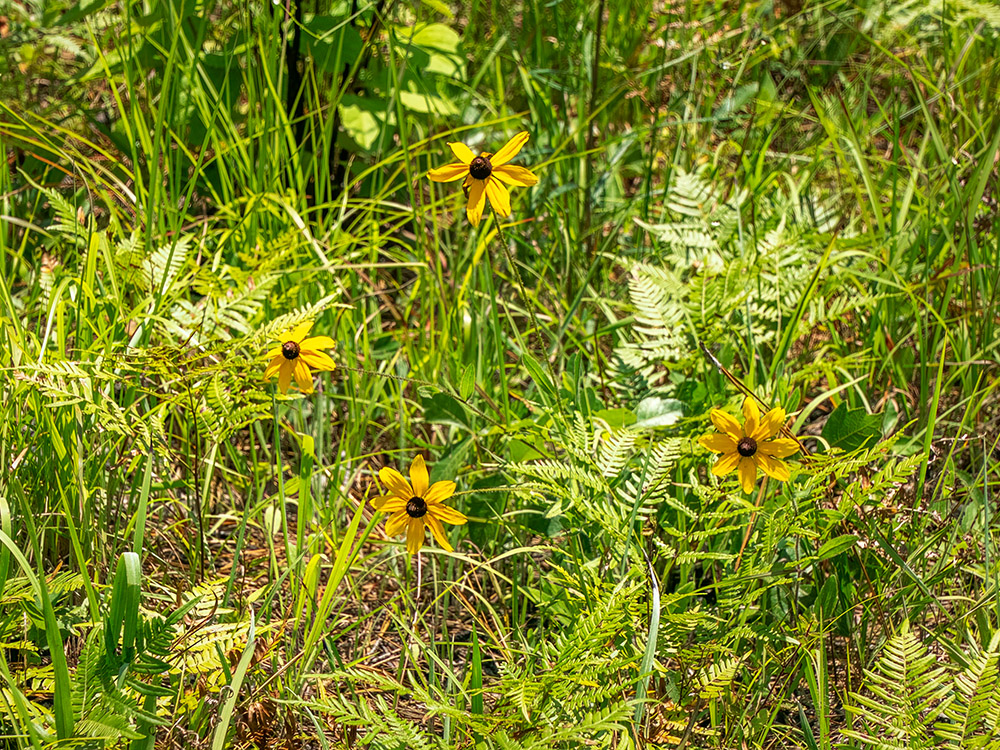

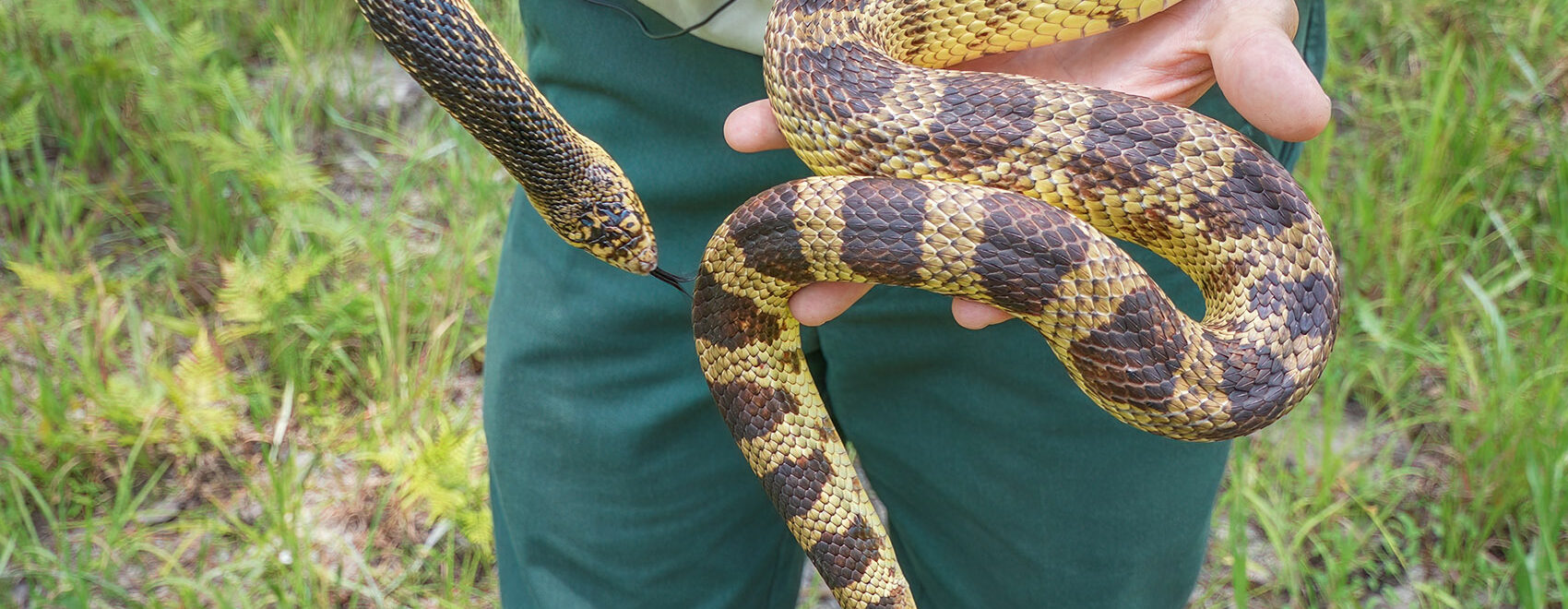



Robb Davis
We had a very large pine snake in a terrarium. It measured just above 6 feetI. Ontario Canada circa 1971. My father had traded a beehive for it. After it fed I would handle it. I was afraid it would eat children. Eventually he decided to release it into a forest here. Bizarre behavior, I know. I always hoped it would survive.
Daniel McClay
I have pictures of two in my driveway from last year and have had one in my pole shed this year, my place is In Wisconsins northwest corner.